127sho_JOE PUBLIC, COME DRESS UP YOUR BUILDING!
A Community led design consultation exercise at the Rich Mix.
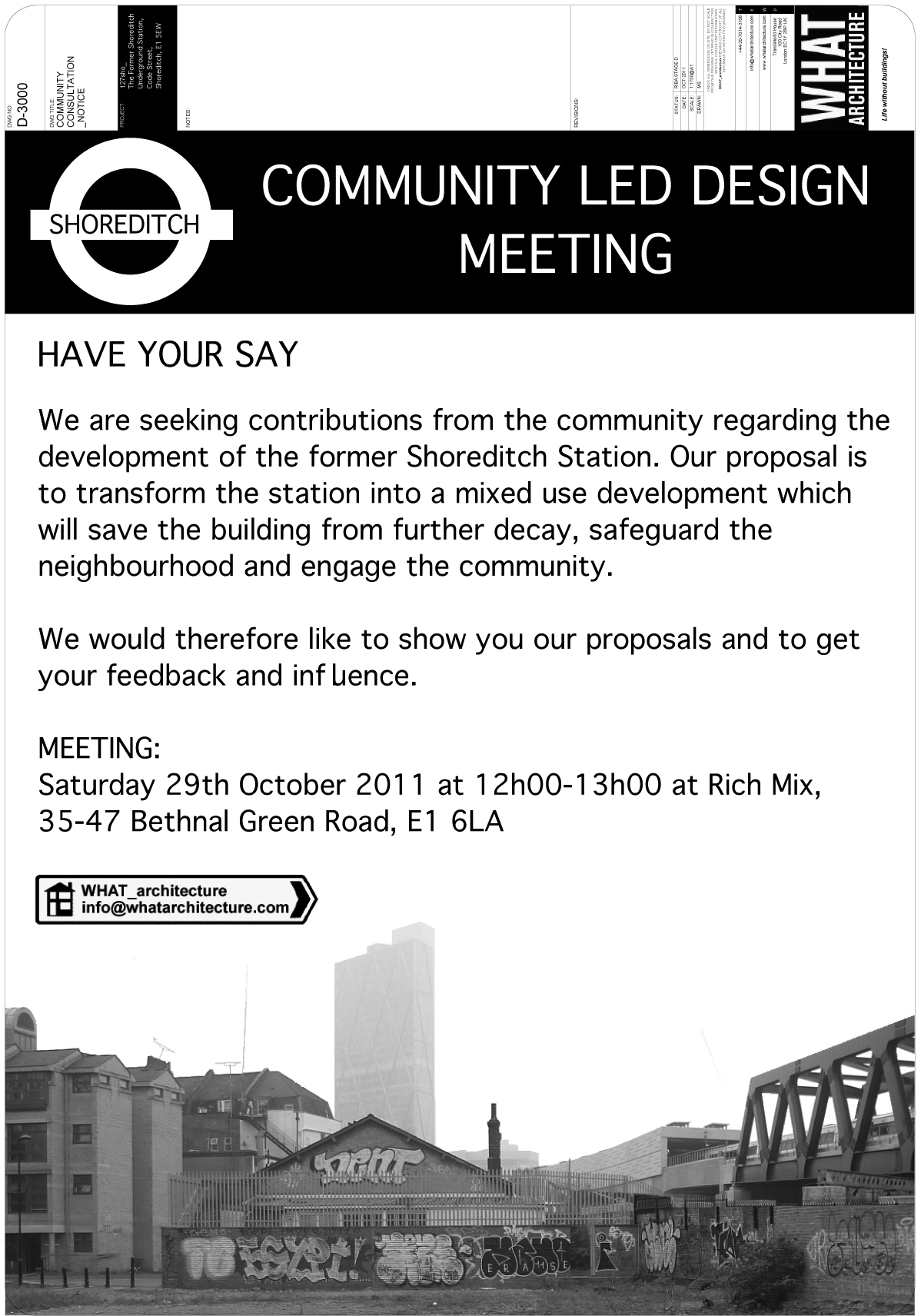 Consultation as exhibition. We build, we print, we deliver: you, Joe Public, design.
Consultation as exhibition. We build, we print, we deliver: you, Joe Public, design.
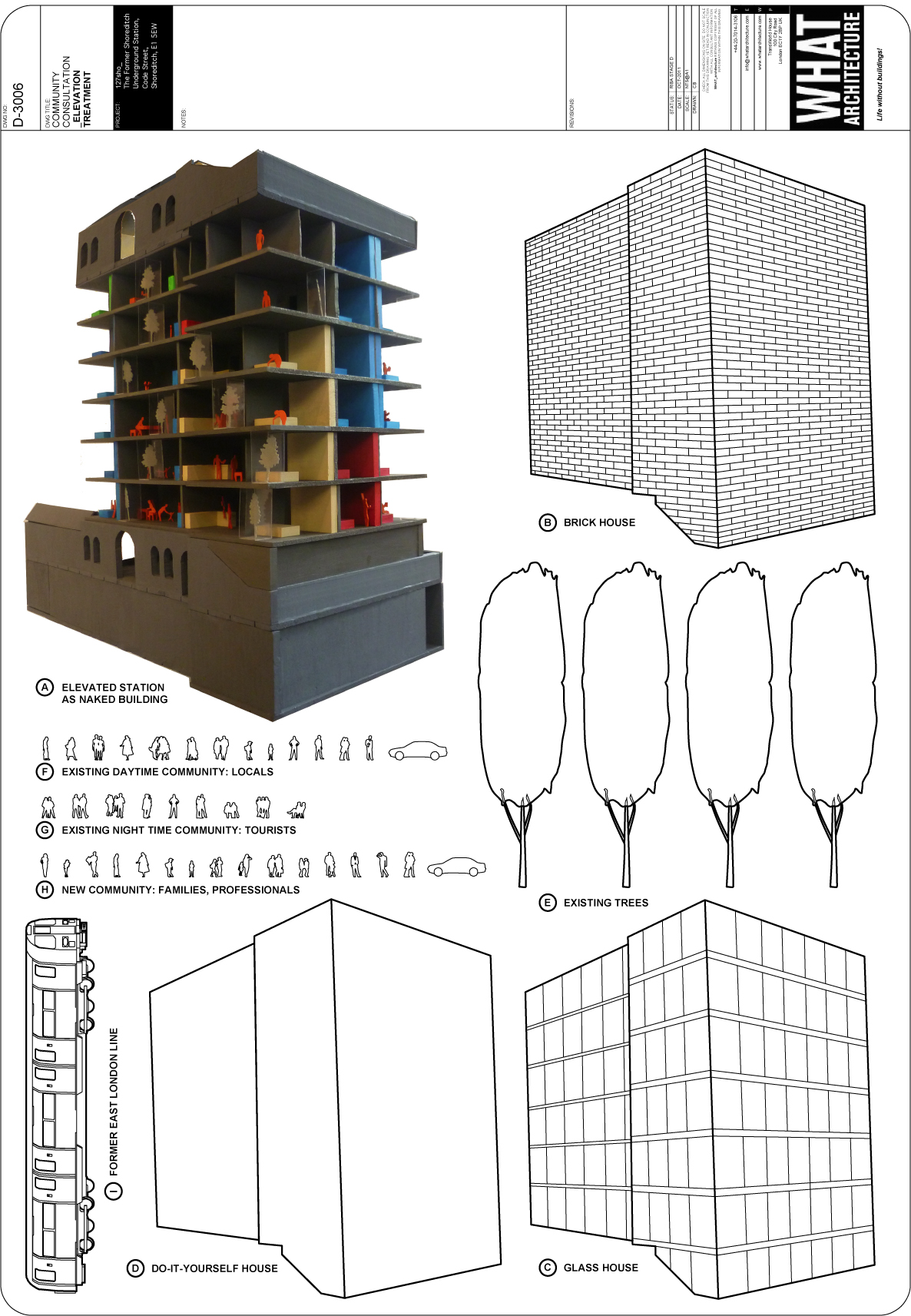
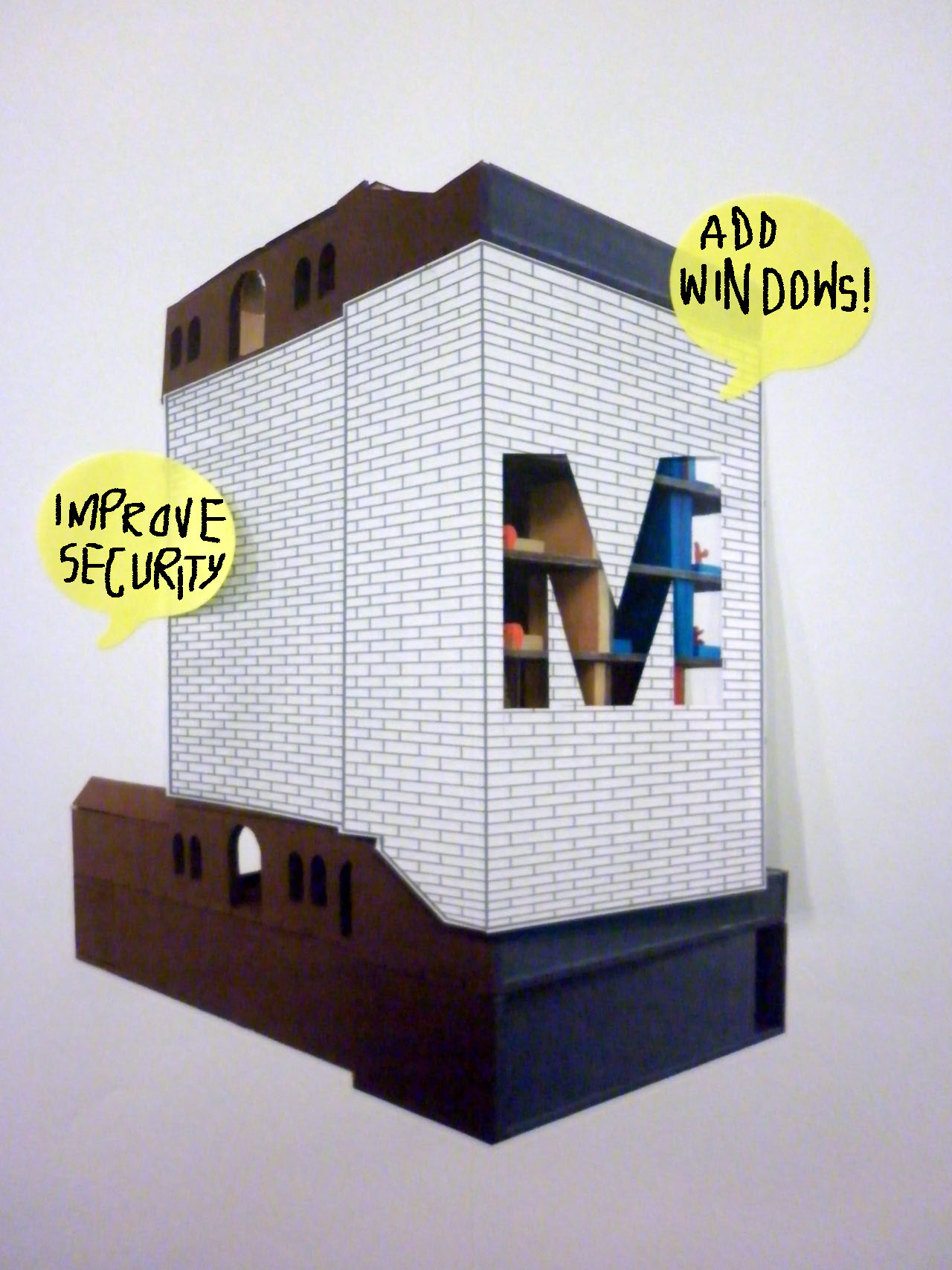
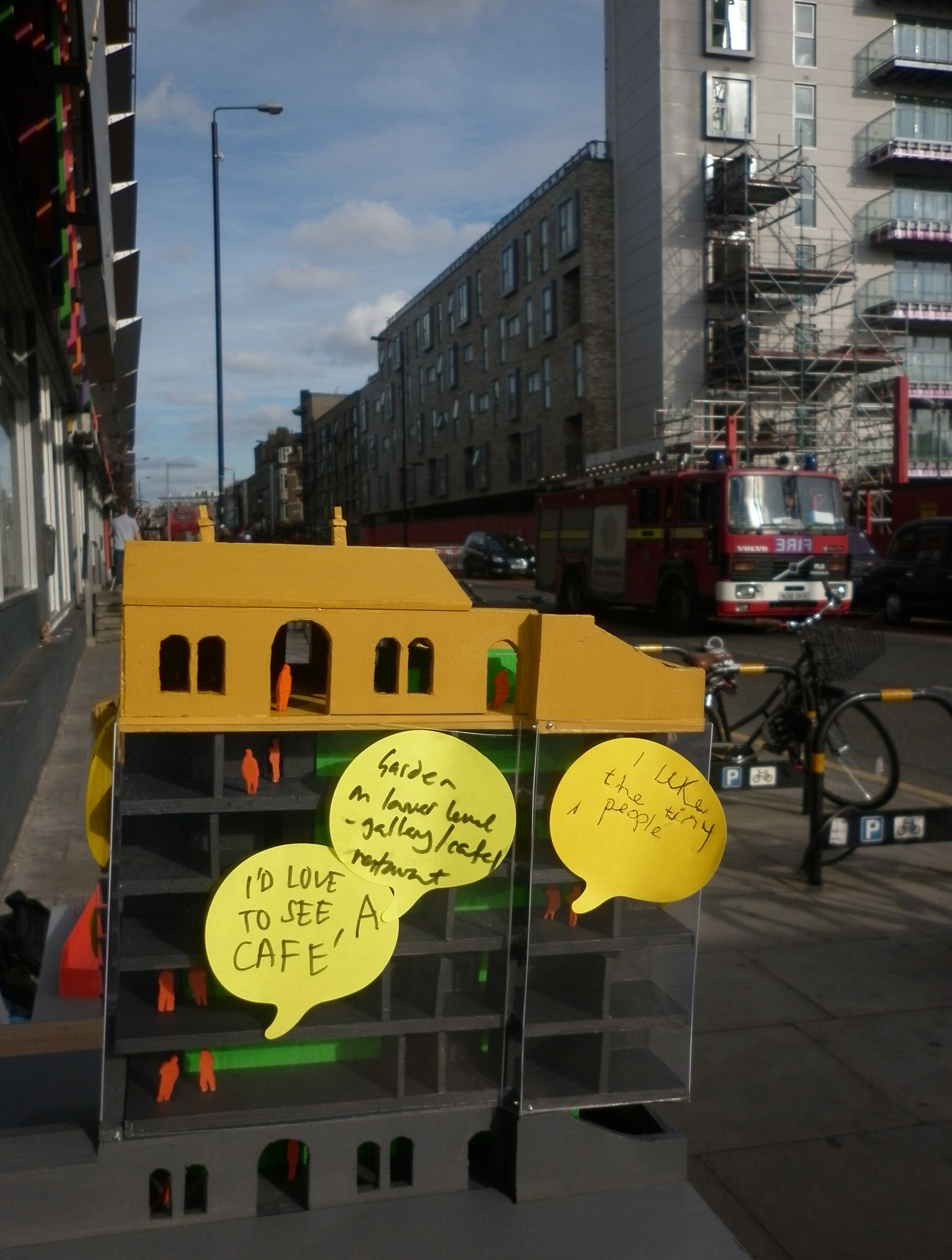
 Consultation as exhibition. We build, we print, we deliver: you, Joe Public, design.
Consultation as exhibition. We build, we print, we deliver: you, Joe Public, design.




127sho_THE DOMESTIC INTERIOR ALLOWED TO MANIFEST AS EXTERIOR
AN ON-GOING COMMUNITY-LED DESIGN CONSULTATION EXERCISE:
Q: If you could have any type of facade on your house, what would have?
Q: Would you balance light with view?
Q: Would you design your house from the inside or outside?
Q: Floor-to-ceiling glazing maximises light and view. In this case, you, the occupant, control and therefore express the trade-off between privacy and publicity. Might glazed facades pose a problem in the bathroom? What if the occupants were Muslim: how does culture reflect it self on a when the design of a facade is a blank page? (Could the existing configuration of the station’s fenestration inform the housing facade below?)
Q: Or a punched facade…?
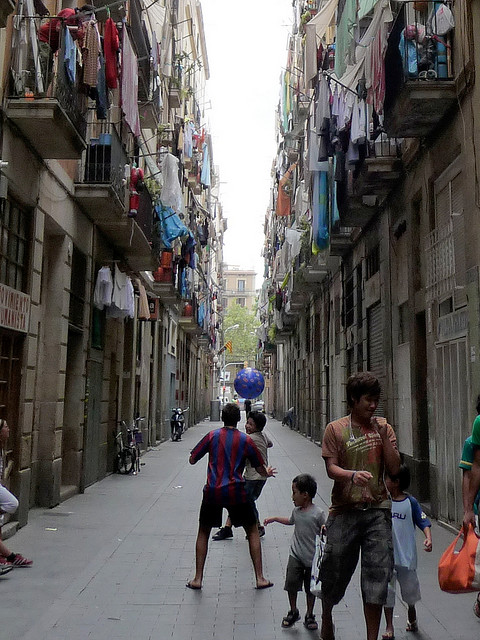
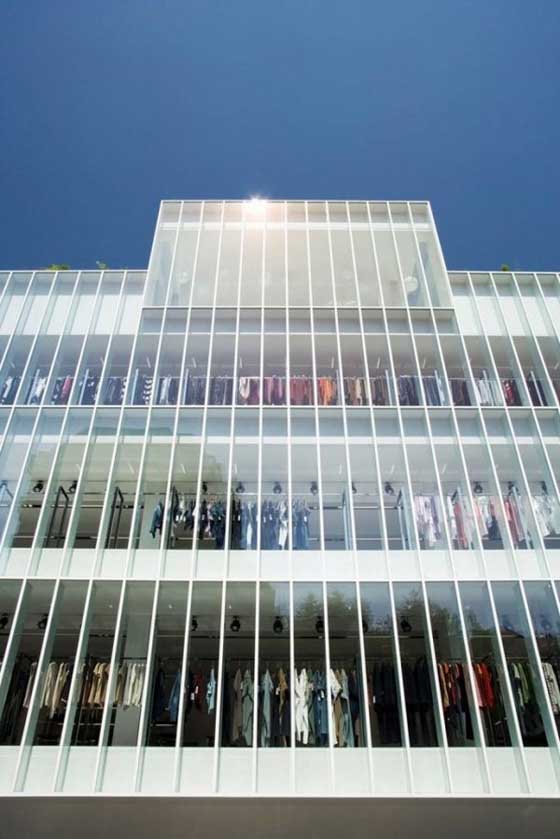



000mot_From the All Blacks to the All Black.
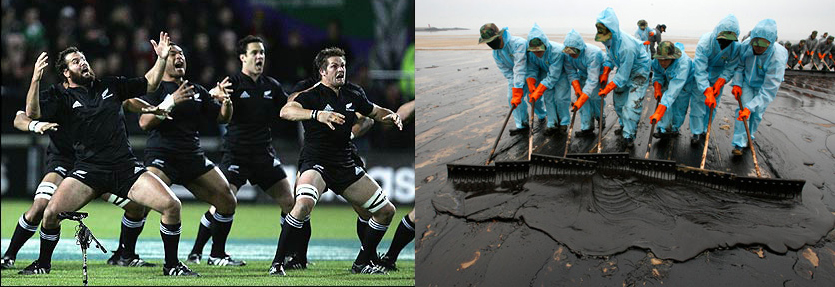 There are two events simultaneously occurring in New Zealand this weekend that will drastically affect the country’s immediate future with potentially disastrous outcomes. In the country’s largest city, Auckland, the All Blacks play Les Bleus in the final of the 2011 Rugby World Cup. Meanwhile next to one of the country’s smallest communities, Motiti Island, the Liberian-flagged Greek-owned Filipino-crewed 47,000 tonne cargo ship Rena threatens to dump 1,700 tonnes of oil and other contaminants into the sea having grounded next to the island on Astrolabe reef.
The significance of the All Blacks to New Zealanders is all pervasive. For the opening game of the RWC 2011, 1,635,780 people watched live broadcasts of the opening match between Tonga and the All Blacks. This, in a country with a population of just over 4 million! An All Black loss to the French would break-up the team currently ranked best in the world according to the International Rugby Board and most certainly lead to anything but ‘There Is No Depression in New Zealand’.
The bigger loss, however, in all senses of the word is not on land but in the sea. The breaking-up of the Rena has now been forecast to happen… but if it doesn’t, well, it could really be deliberately sunk for diving tourism? The massive economic and environmental cost to the country is currently unknown but is likely to dwarf that of hosting the RWC2011. The tournament costs around £155million but generates £140million in ticket sales and leaves the taxpayer with just a £15million deficit. I say ‘just’ because the economic cost of the Rena breaking is currently unknown but oil-clean up operations are catastrophic: they start in the hundreds of millions and end in the billions in whatever currency such is their financial abstraction in terms of multiple 000,000s. Compare these costs then with the paltry maximum fine then imposed on the captain of £5,000, the pathetic Resource Management Act penalty of £300,000 and the insufficient capped insurance of the ship’s owners of £7million with our own office requirements: WHAT_architecture holds £10million cover in Public Liability Insurance! Whatever delusions we hold as architects, are we really likely to destroy the landscape more than a ship owner? In terms of liability, the business of ship owning today operates like a floating sweatshop.
The impact of Rena’s black oil on Motiti Island is also on a different level to that of the mainland NZ. For the permanent residents, kaimoana (seafood) from Motiti’s rocky coast is a part of the household larder and now the sea as supermarket has gone. Furthermore all water supplies normally rainwater harvested have been declared toxic so water is now being flown in by helicopter monsoon buckets not just for drinking and cooking but also to wash. The irony is that for the Motiti islanders, and Maori in general, the canoe is beginning of identity. The tracing of whakapapa (genealogy) provides the basis for establishing, enhancing and challenging relationships between individuals and starts with whanau (family) and then onto hapu (community), iwi (regional tribes) and finally leads to waka (canoe), sea-carrying vessels that brought Maori and their supplies from Hawaiiki to New Zealand. That from the sea can also be that which takes it away. Whatever the outcomes, the future will be all black.
There are two events simultaneously occurring in New Zealand this weekend that will drastically affect the country’s immediate future with potentially disastrous outcomes. In the country’s largest city, Auckland, the All Blacks play Les Bleus in the final of the 2011 Rugby World Cup. Meanwhile next to one of the country’s smallest communities, Motiti Island, the Liberian-flagged Greek-owned Filipino-crewed 47,000 tonne cargo ship Rena threatens to dump 1,700 tonnes of oil and other contaminants into the sea having grounded next to the island on Astrolabe reef.
The significance of the All Blacks to New Zealanders is all pervasive. For the opening game of the RWC 2011, 1,635,780 people watched live broadcasts of the opening match between Tonga and the All Blacks. This, in a country with a population of just over 4 million! An All Black loss to the French would break-up the team currently ranked best in the world according to the International Rugby Board and most certainly lead to anything but ‘There Is No Depression in New Zealand’.
The bigger loss, however, in all senses of the word is not on land but in the sea. The breaking-up of the Rena has now been forecast to happen… but if it doesn’t, well, it could really be deliberately sunk for diving tourism? The massive economic and environmental cost to the country is currently unknown but is likely to dwarf that of hosting the RWC2011. The tournament costs around £155million but generates £140million in ticket sales and leaves the taxpayer with just a £15million deficit. I say ‘just’ because the economic cost of the Rena breaking is currently unknown but oil-clean up operations are catastrophic: they start in the hundreds of millions and end in the billions in whatever currency such is their financial abstraction in terms of multiple 000,000s. Compare these costs then with the paltry maximum fine then imposed on the captain of £5,000, the pathetic Resource Management Act penalty of £300,000 and the insufficient capped insurance of the ship’s owners of £7million with our own office requirements: WHAT_architecture holds £10million cover in Public Liability Insurance! Whatever delusions we hold as architects, are we really likely to destroy the landscape more than a ship owner? In terms of liability, the business of ship owning today operates like a floating sweatshop.
The impact of Rena’s black oil on Motiti Island is also on a different level to that of the mainland NZ. For the permanent residents, kaimoana (seafood) from Motiti’s rocky coast is a part of the household larder and now the sea as supermarket has gone. Furthermore all water supplies normally rainwater harvested have been declared toxic so water is now being flown in by helicopter monsoon buckets not just for drinking and cooking but also to wash. The irony is that for the Motiti islanders, and Maori in general, the canoe is beginning of identity. The tracing of whakapapa (genealogy) provides the basis for establishing, enhancing and challenging relationships between individuals and starts with whanau (family) and then onto hapu (community), iwi (regional tribes) and finally leads to waka (canoe), sea-carrying vessels that brought Maori and their supplies from Hawaiiki to New Zealand. That from the sea can also be that which takes it away. Whatever the outcomes, the future will be all black.
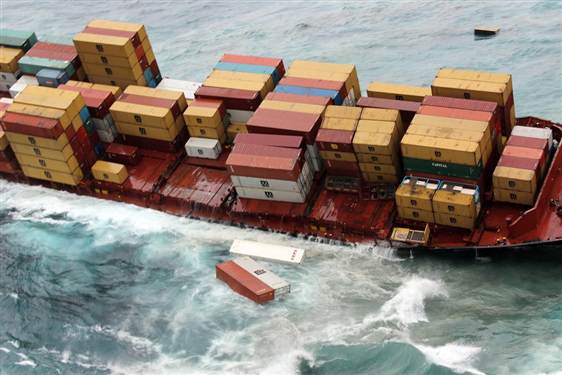
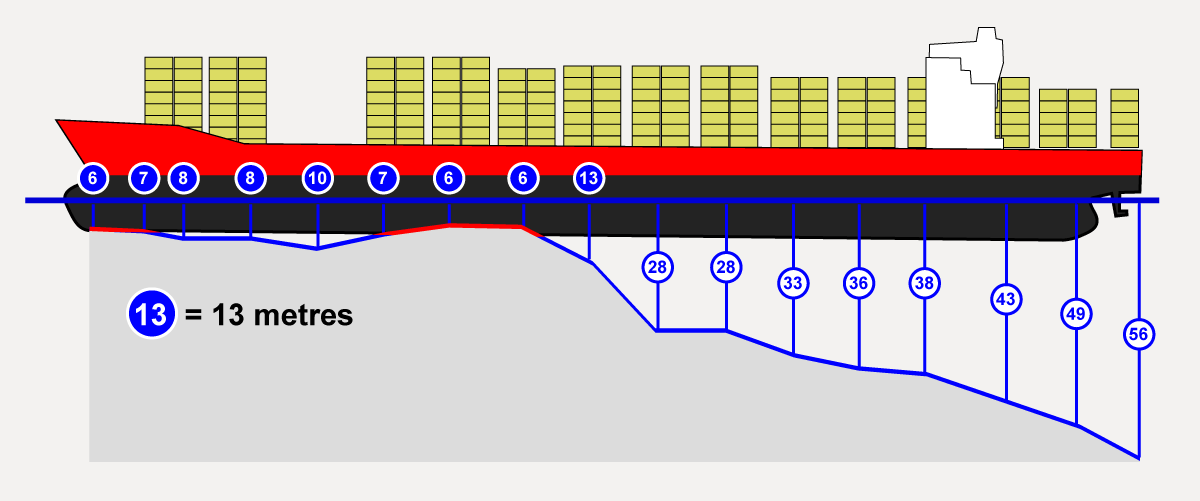
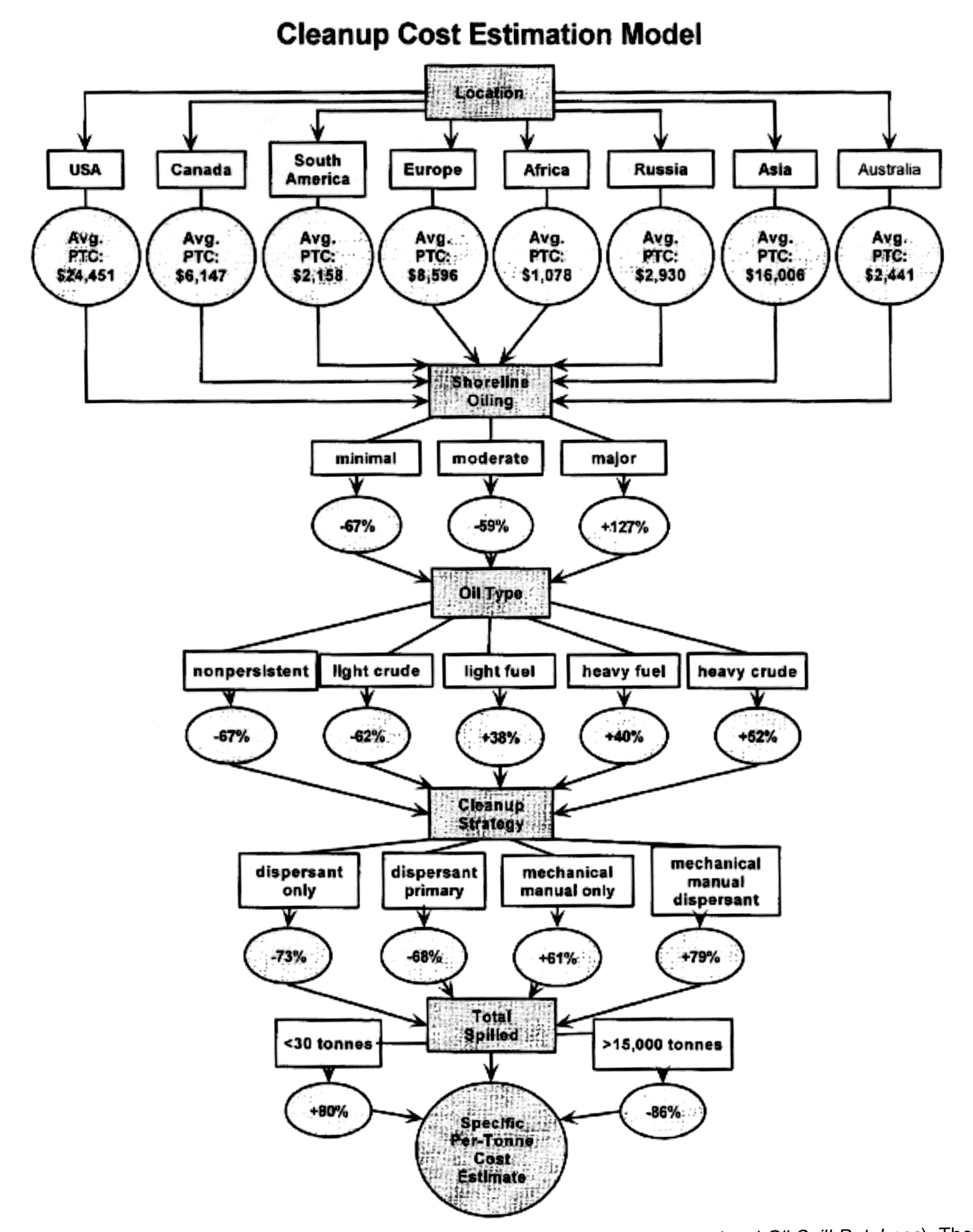

000off_WHAT_AFRIKA HITECH MO’WAX
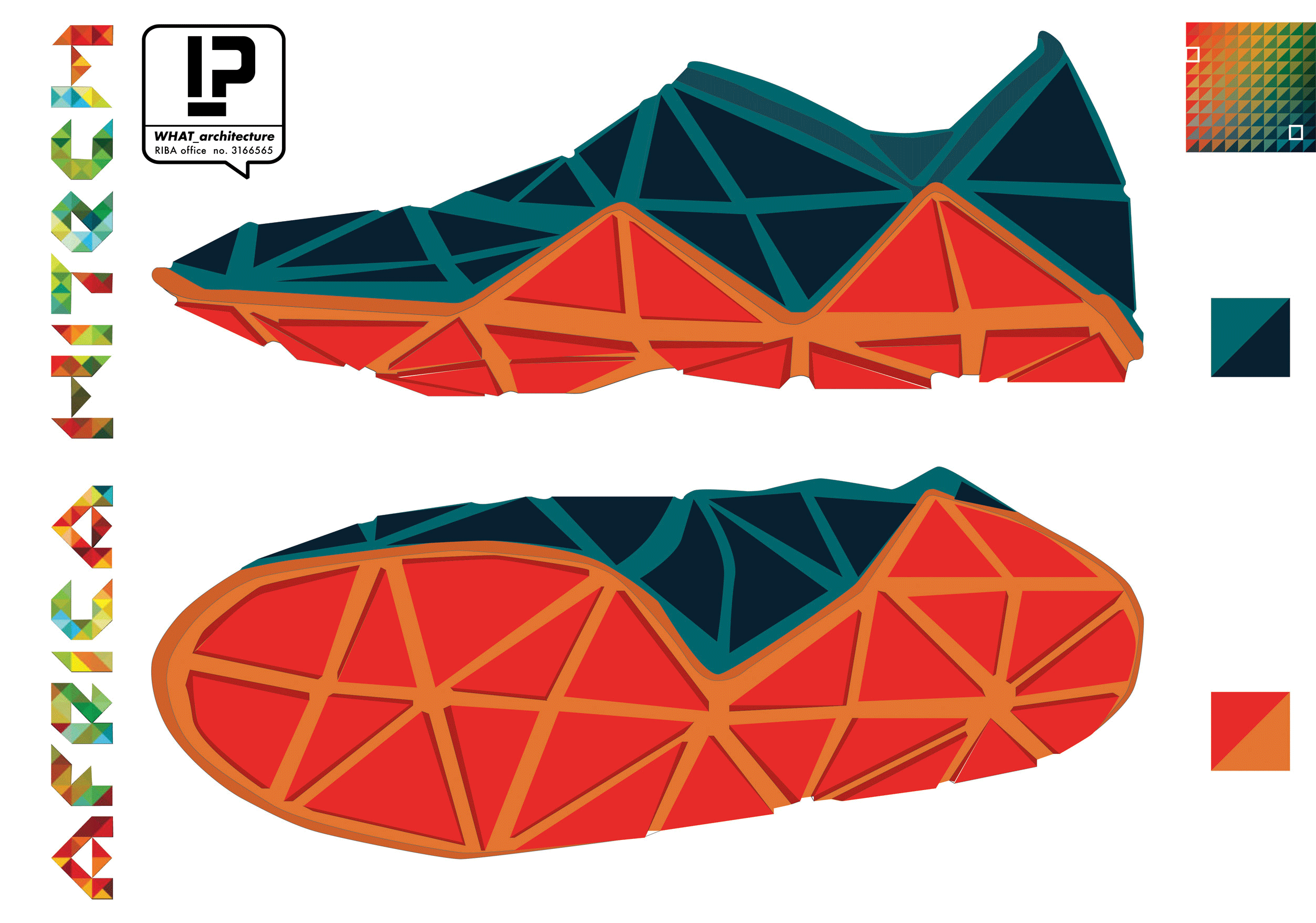 Out in the streets… they call it the WHAT_afrika hitech shoe. Your foot can be resolved in terms of triangles. What started out as a shoe design for a musician, Spacek, ended up as a broader review of cross-disciplinary creativity. Music talked about design so we started thinking about talking about building… which is WHAT_Trapp designer tv talk back filmed in the former Shoreditch Station. Think Mo’ Building!
Out in the streets… they call it the WHAT_afrika hitech shoe. Your foot can be resolved in terms of triangles. What started out as a shoe design for a musician, Spacek, ended up as a broader review of cross-disciplinary creativity. Music talked about design so we started thinking about talking about building… which is WHAT_Trapp designer tv talk back filmed in the former Shoreditch Station. Think Mo’ Building!




